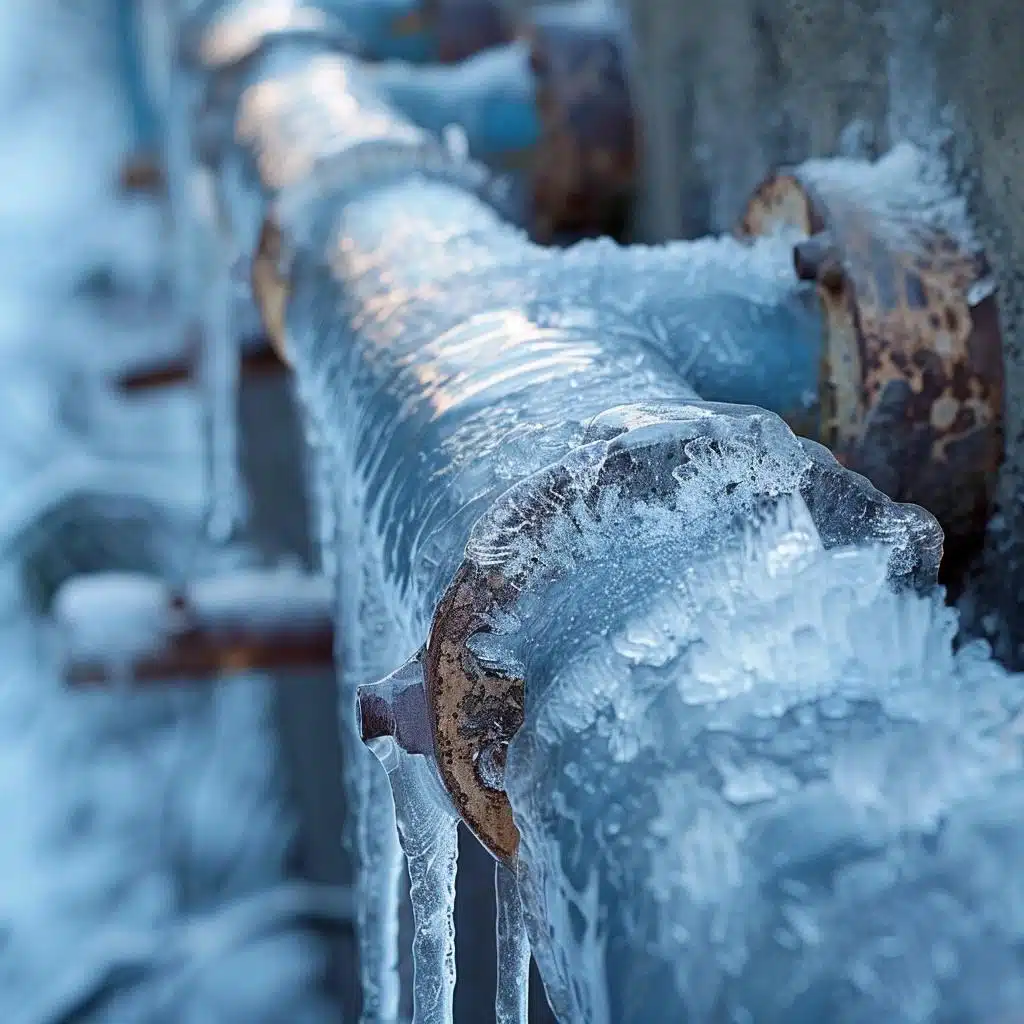Essential Tips to Avoid Frozen Plumbing in Winter
Essential Tips to Avoid Frozen Plumbing in Winter
Blog Article
How do you really feel with regards to How To Avoid Freezing Pipes?

Cold weather can wreak havoc on your plumbing, particularly by freezing pipelines. Below's how to stop it from happening and what to do if it does.
Intro
As temperatures drop, the danger of icy pipes increases, potentially leading to expensive fixings and water damages. Comprehending exactly how to avoid icy pipes is important for homeowners in cold climates.
Understanding Icy Pipelines
What triggers pipes to ice up?
Pipelines freeze when subjected to temperature levels listed below 32 ° F (0 ° C) for prolonged periods. As water inside the pipelines freezes, it increases, taxing the pipe walls and possibly creating them to break.
Dangers and damages
Icy pipelines can cause water system disruptions, residential property damages, and expensive repair services. Burst pipelines can flooding homes and create extensive structural damages.
Indicators of Frozen Piping
Determining frozen pipelines early can avoid them from rupturing.
Exactly how to identify icy pipelines
Look for reduced water flow from taps, uncommon odors or sounds from pipes, and visible frost on subjected pipelines.
Avoidance Tips
Shielding vulnerable pipes
Wrap pipes in insulation sleeves or utilize warm tape to secure them from freezing temperature levels. Concentrate on pipes in unheated or exterior areas of the home.
Home heating strategies
Maintain interior spaces effectively warmed, particularly areas with pipes. Open cabinet doors to enable warm air to distribute around pipes under sinks.
Protecting Outside Plumbing
Garden hoses and outside faucets
Disconnect and drain pipes garden pipes before wintertime. Install frost-proof spigots or cover exterior taps with protected caps.
What to Do If Your Pipelines Freeze
Immediate activities to take
If you suspect frozen pipelines, keep taps open up to soothe stress as the ice thaws. Make use of a hairdryer or towels taken in hot water to thaw pipelines slowly.
Long-Term Solutions
Structural adjustments
Think about rerouting pipelines far from exterior walls or unheated locations. Add added insulation to attics, basements, and crawl spaces.
Upgrading insulation
Invest in high-quality insulation for pipelines, attic rooms, and walls. Proper insulation aids preserve constant temperature levels and minimizes the danger of frozen pipes.
Verdict
Protecting against frozen pipelines needs proactive procedures and quick actions. By understanding the reasons, indicators, and preventive measures, home owners can safeguard their pipes throughout cold weather.
6 Proven Ways to Prevent Frozen Pipes and Protect Your Home
Disconnect and Drain Garden Hoses
Before winter arrives, start by disconnecting your garden hoses and draining any remaining water. Close the shut-off valves that supply outdoor hose bibs and leave the outdoor faucet open to allow any residual water to drain. For extra protection, consider using faucet covers throughout the colder months. It’s also important to drain water from any sprinkler supply lines following the manufacturer’s directions.
Insulate Exposed Pipes
Insulating your pipes is an effective way to prevent freezing. Pipe insulation is readily available at home improvement stores and is relatively inexpensive. Pay close attention to pipes in unheated areas such as the attic, basement, crawl spaces, or garage. Apply foam insulation generously to create a buffer against the cold. You can also wrap your pipes in heat tape or thermostat-controlled heat cables for added warmth.
Seal Air Leaks
Inspect your home for any cracks or openings that could let in cold air. Seal any holes around the piping in interior or exterior walls, as well as the sill plates where your home rests on its foundation. Additionally, make sure to keep your garage door closed unless you’re entering or exiting. Leaving it open creates a significant air leak that can lead to frozen pipes.
Allow Warm Air Circulation
During cold snaps, it’s essential to allow warm air to circulate evenly throughout your home. Leave interior doors ajar to promote better airflow. Open kitchen and bathroom cabinets to help distribute heat consistently around the rooms. If you have small children or pets, be sure to remove any household chemicals or potentially harmful cleaners from open cabinets for safety.
Let Faucets Drip
A small trickle of water can make a big difference in preventing ice formation inside your pipes. When temperatures drop significantly, start a drip of water from all faucets served by exposed pipes. This continuous flow helps prevent the water from freezing. Additionally, running a few faucets slightly can relieve pressure inside the pipes, reducing the chances of a rupture if the water inside does freeze.
https://choateshvac.com/6-proven-ways-to-prevent-frozen-pipes-and-protect-your-home/

Hopefully you enjoyed reading our excerpt about How To Avoid Freezing Pipes. Thank you so much for taking time to read our blog post. Sharing is good. Helping people is fun. I praise you for your time. Please check up our website back soon.
Show Details Report this page